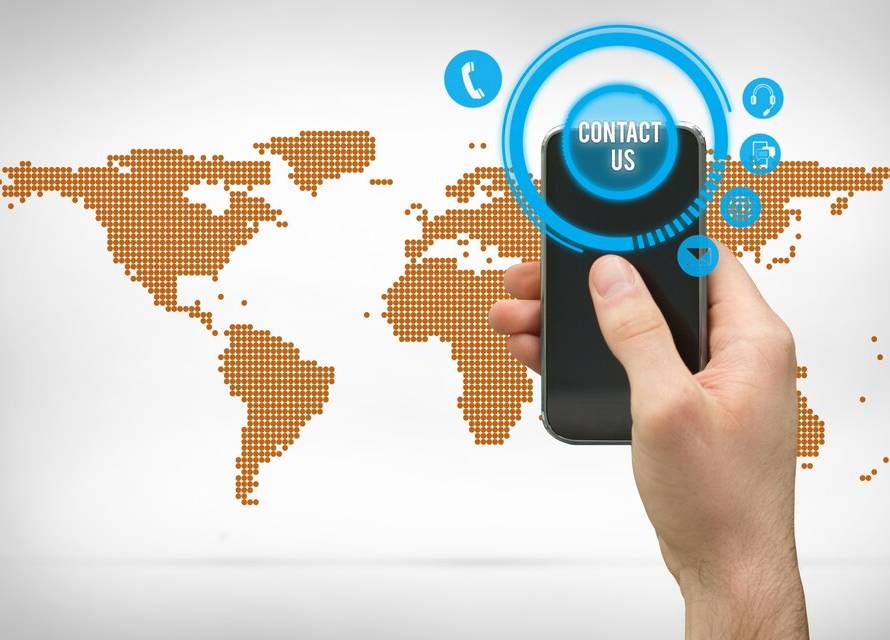Origins of Call Centers: Tracing the Evolution of Customer Service Hubs
By Evelyn King, Expert in High-Definition Communication
The fascinating history of call centers takes us on a journey through the annals of communication technology and customer service practices. Evelyn King, a seasoned expert in high-definition communication, guides us through the origins and evolution of call centers, shedding light on their historical significance and enduring relevance.
The Birth of Call Centers: Late 19th Century
The inception of call centers can be traced back to the late 19th century, coinciding with the remarkable advent of the telephone. At this nascent stage, call centers were rudimentary operations staffed by telephone operators, often young women, who manually connected calls by plugging and unplugging cords on switchboards. These pioneering operators laid the foundation for an industry that would grow beyond imagination.
Serving Businesses and Beyond
In their infancy, call centers primarily catered to the needs of businesses and government agencies. They were predominantly located in larger cities, where the demand for telephone services was higher. As telephony technology advanced, call centers began to extend their reach, serving a diverse array of industries, including telecommunications, utilities, and customer support.

The Role of Technology
The evolution of call centers is intrinsically tied to the relentless march of technology. Over time, groundbreaking innovations transformed call centers into sophisticated hubs of communication. Automatic call distribution (ACD) systems, computer telephony integration (CTI), and interactive voice response (IVR) systems revolutionized the way calls were handled, introducing efficiency and precision.
Global Expansion
The latter half of the 20th century witnessed a seismic shift in the call center landscape with the globalization of operations. Companies started outsourcing their customer service functions to countries with cost-effective labor markets. This phenomenon led to the proliferation of offshore call centers, playing a pivotal role in shaping the industry’s global footprint.
Digital Transformation
In recent years, the call center industry has undergone a digital transformation of unprecedented proportions. The advent of cloud-based call center solutions, high-definition communication, and the integration of artificial intelligence (AI) has further revolutionized how call centers operate. These advancements have not only enhanced the efficiency of customer interactions but also enriched the quality of service delivery.
Conclusion
The history of call centers is an awe-inspiring testament to the remarkable evolution of communication technology and customer service practices. With the insights provided by Evelyn King, we’ve embarked on a journey through time, from the humble beginnings of call centers in the late 19th century to their present status as advanced hubs of high-definition communication. This historical perspective underscores the enduring significance of call centers in the ever-changing landscape of modern communication.
Evelyn King, an expert in high-definition communication, takes us on a historical expedition through the origins and evolution of call centers, revealing their historical importance and continued relevance.



